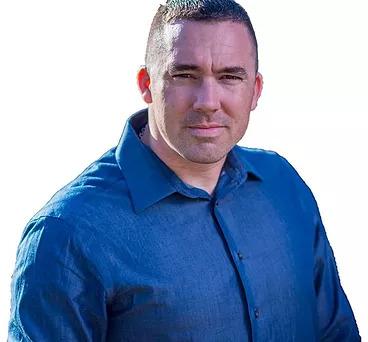A hidden enemy lurks in much of the food and beverages kids love to eat and drink: added sugar.
Unlike the naturally occurring sugars in fruits, vegetables, and dairy, added sugars are added to food and beverages during cooking or before serving. According to the American Heart Association, children ages 2–18 and adult women should have a daily limit of six teaspoons of added sugar, and men should limit themselves to nine teaspoons. Children under two years of age shouldn’t consume any added sugar at all.






